Description
Reference
- Question:
Is Micropore tape hypoallergenic and natural rubber latex-free?
Answer:
Yes. - Question:
Is Micropore tape sterile? Can it be sterilized?
Answer:
3M Surgical tapes are sold clean, not sterile. Micropore tapes may be sterilized by ethylene oxide but NOT by steam (autoclave). Although 3M provides sterilization guidelines, it is up to the facility to ensure sterility. Sterrad™ processing with hydrogen peroxide is not recommended for Micropore tape because the rayon fibers in the tape will inactivate the hydrogen peroxide. - Question:
Why do we have an expiration date for tapes? What happens when a tape
“expires”?
Answer:
Although an expiration date is not required for surgical tapes in the U.S., an expiration date is required by a number of other countries. You might think of it as a “best quality if used by….”. In general, we do not expect changes in performance shortly after the expiration date, but 3M ensures performance within that time frame. The recommended shelf life for Micropore tape is 5 years under normal storage conditions. - Question:
How can I get Micropore tape to stick better?
Answer:
Micropore tape has the lowest adhesion to dry skin of all the 3M medical tapes. However, it has the highest adhesion to skin that is damp and then dries. You may increase adhesion by gently but firmly pressing the tape to the skin (or tubing) or dampen the skin with water, pat dry, and then apply the Micropore tape. Most people will notice increased adhesion within 5 minutes. - Question:
Can I use Micropore tape to attach pictures/photos, etc.? Is Micropore tape acidfree?
Answer:
A weak organic acid is in the copolymer used to make the Micropore tape adhesive, so technically, Micropore tape is not considered “acid-free”. 3M does not promote uses of Micropore tape other than that for which it is intended. Micropore tape was intended for use on human skin, devices, dressings, and tubings. Micropore tape was not designed to be used on photos and other important objects, and the effects of the tape over time on these types of objects are not known. - Question:
What size microbe is blocked by Micropore tape?
Answer:
The term “microporous” may be used in several ways:
1. The holes are small enough to filter substances (e.g., bacteria). This meaning of microporous is used for furnace filters, I.V. filters, etc. and infers that a product
filters or is a barrier to particles greater than a certain size.
OR
2. The holes or “pores” are so small that they are not visible with the naked eye. This use is closer to what we mean when we say that a tape is microporous.
Although some of the tapes are for practical purposes occlusive or almost occlusive, we don’t claim that the tapes filter or block microorganisms. - Question:
Why do we have two Micropore tapes? What is the difference?
Answer:
Micropore and Micropore Plus tapes have the same nonwoven, rayon backing. The difference between the tapes is in the adhesive. Micropore Plus tape was introduced to offer higher adhesion to dry skin while maintaining the current Micropore tape’s levels of adhesion to damp skin. - Question:
Which 3M surgical tapes are hypoallergenic?
Answer:
All of the 3M surgical tapes are considered hypoallergenic and ha ve been tested in 200 subject “Human Repeat Insult Patch Tests”. - Question:
Which 3M surgical tapes are latex-free?
Answer:
All of the 3M surgical tapes, including 3M™ Cloth Adhesive tape, are natural rubber latex free. - Question:
Which of the 3M surgical tapes are the most gentle?
Answer:
The most gentle tapes for repeated taping are 3M™ Medipore™ H, Micropore™, Micropore™ Plus, Medipore™, and Transpore™ White tapes. - Question:
Is there anything more to know than “sticky side down”?
Answer:
Yes, after choosing the appropriate tape, place the tape without tension onto the skin. In general, do not encircle a limb completely with tape since subsequent swelling or an infiltration may compromise circulation. The adhesives on the surgical tapes are “pressure sensitive”. This means that they are designed to adhere best when gentle, but firm, finger or hand pressure is applied to the tape, rubbing it into place. Skin has hills and valleys. Just laying a piece of tape on the skin only gives you contact with the top of the hills. Gentle, but firm strokes along the tape allows the adhesive to come into contact with more of the skin surface. This will increase initial adhesion and decrease the risk of “rolling” or losing your tape to friction. Usually, the tackier – or stickier – the tape, the less pressure is needed. - Question:
How can I increase tape adhesion?
Answer:
The key concepts to maximize adhesion are:
· Start with clean, dry skin
· Touch the sticky surface of the tape as little as possible
· Apply sufficient pressure to the tape to get the adhesive into the nooks and crannies of the skin
· Cover adequate surface area so that the tape can support the tubing or dressing
· Obtain full contact between the tape and the skin or tubing so that moisture cannot slip between the two and loosen the tape Most adhesives stick best to clean, dry surfaces so try to minimize moist conditions as much as possible. · Remove substances that contain emollients or oils, such as most moisturizers and adhesive tape removers.
· If the skin is very oily, use a mild soap and water to remove the excess oil and pat dry. An alcohol wipe may also be used to remove the excess oil, but since it is very drying, it should be used with care.
· To protect at-risk skin, 3M™ Cavilon™ No Sting Barrier Film may be used under the tape.
· If you are using a prep solution, let it dry completely before applying the tape. - Question:
How can I get tape to let go of my gloves?
Answer:
We tend to hold tape tightly, especially when tearing it off the roll and when gauging where we plan to put the tape. Because the tapes have pressure sensitive adhesives, when we hold them tightly, they stick even more to our gloves. But, the adhesives were designed to release from gloves so try holding the tape a little less tightly, and it will usually “let go”. - Question:
What is the best way to remove tape?
Answer:
Proper tape removal is critical in reducing the occurrence of traumatic skin injuries such as skin stripping . First, loosen the edges of the tape. You may “start” an edge of the tape by pressing a small piece of tape onto the corner, like a pop tab, and lifting – pressure sensitive adhesive! Stabilize the skin with one finger. Remove the tape “low and slow” in the direction of hair growth. Keep the tape close to the skin surface and pulled back over itself. Removing tape at an angle will increase tension on the epidermis and increase the risk of mechanical trauma. As the tape is removed, continue to support the newly exposed skin. Support close to the “peel edge” is particularly important for thin or easily distensible skin. For tape that is strongly adhered to skin or hair, you may consider using a medical grade adhesive remover or moisturizer to soften the adhesive. 3M tape adhesives are not readily dissolved in alcohol. Hair presents special challenges. It can be difficult to obtain good initial adhesion over hair and yet, difficult to remove tape from hair after a time. Hair tends to grow medial to lateral, sometimes downward. A technique that may be helpful in removing tape from hair is to catch the upper, medial edge of the tape. Peel the edge of the tape back, forming a small triangle. Supporting the skin adjacent to the tape, glide a small amount of moisturizer on the leading (peel) edge of the tape. This is often enough to soften the adhesive and release it from hair. Continue to remove the tape “low and slow, back over itself” while gliding the moisturizer along the edge. - Question:
What if I used a moisturizer (cream) or an adhesive remover and need to tape over the same area?
Answer:
Reassess the skin. If you wish to retape over an area where you used adhesive remover or moisturizer, you will either need to remove the moisturizer or adhesive remover or use a moisturizer that allows you to tape over it. Some moisturizers (creams) that allow you to retape may actually increase adhesion of some tapes on some people, so it is important to use good technique for subsequent tape removal. You may wish to protect areas that will be exposed to repeated taping with an alcohol-free barrier film such as Cavilon No Sting Barrier Film. Removing the tape will also remove the barrier film, so the film should be reapplied and allowed to dry between tapings. - Question:
Where can I find the expiration date?
Answer:
The expiration date is embossed on the end of the tape box following the hourglass symbol. At this time, the lot number and expiration date cannot be printed inside the rolls because of limitations in space and printers. - Question:
Are Material Safety Data Sheets (MSDSs) required for surgical tapes?
Answer:
No. By definition, surgical tapes are “articles”, so MSDSs are not required

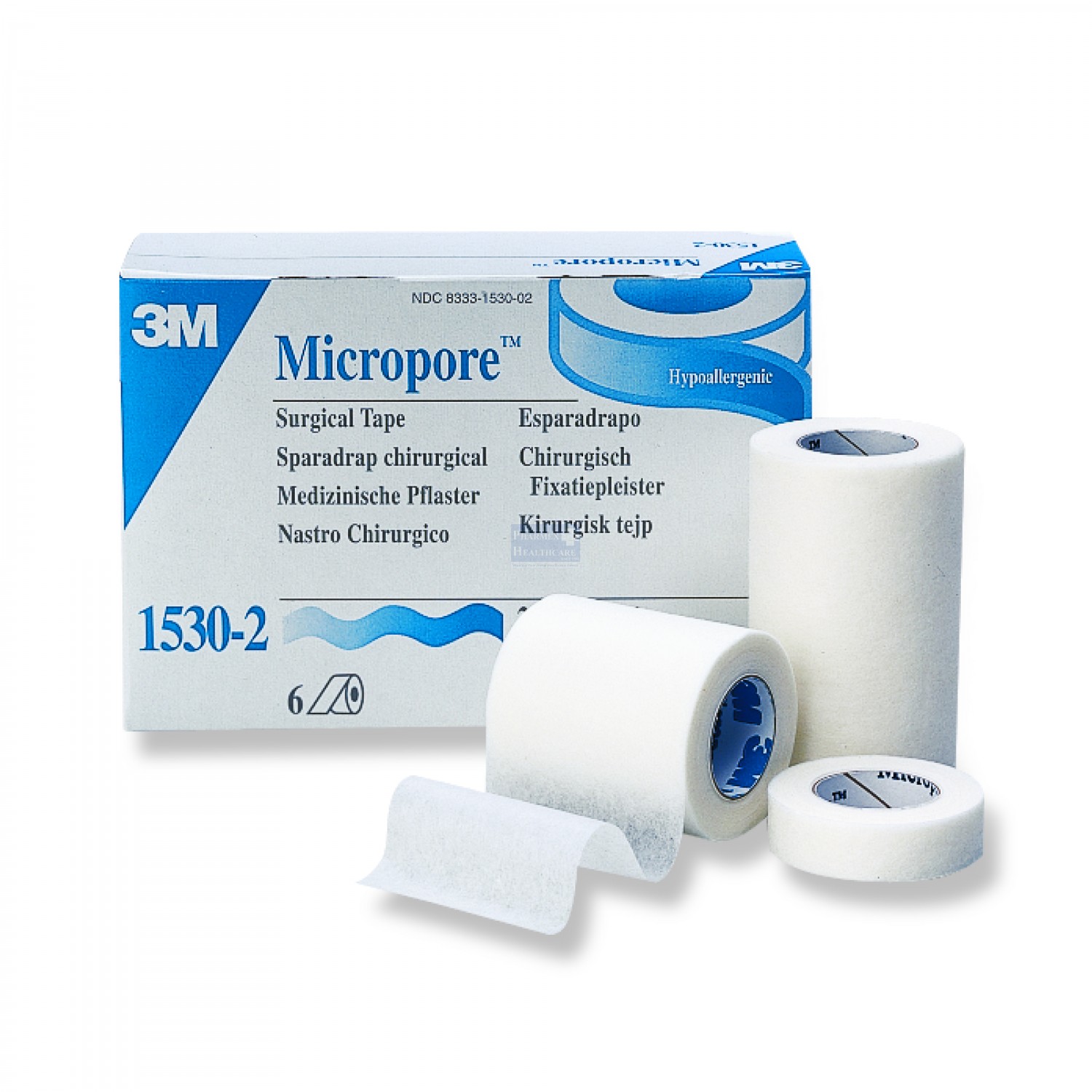
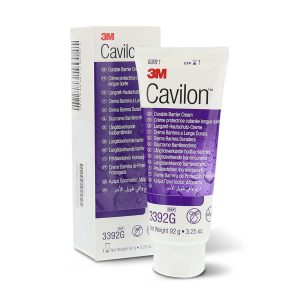
 Autoship (Save an extra 5%)
Autoship (Save an extra 5%)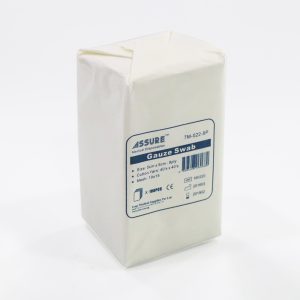
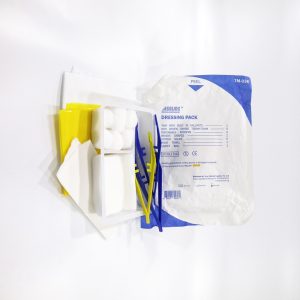
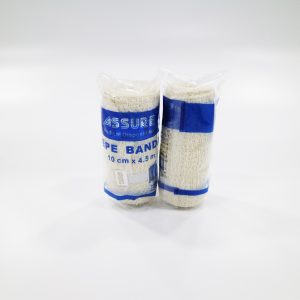
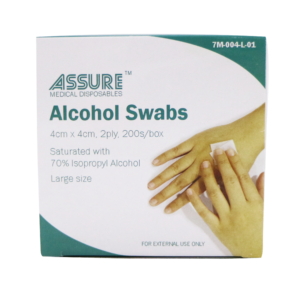
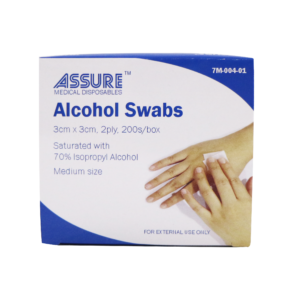
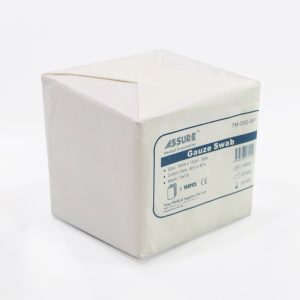
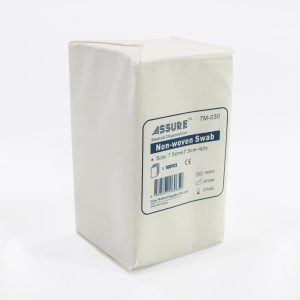

Reviews
There are no reviews yet.